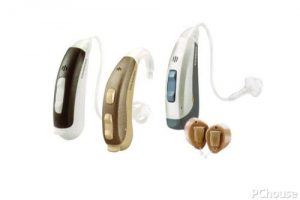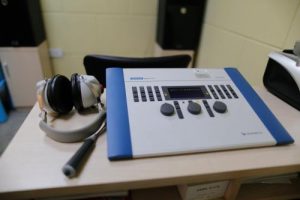The human ear, nose, throat, and throat are not identical on the surface, but in reality, they are all connected to each other with the pharynx as the center. The Eustachian tube, also known as the Eustachian tube, is a channel that communicates the tympanic cavity with the nasopharynx. One end is open to the tympanic chamber and the other end is open to the side wall of the nasopharynx.

The Eustachian tube is the only channel for ventilating the middle ear. The main function is to guide the nasopharynx gas into the tympanic cavity, usually closed, and open only when swallowing or yawning, in order to maintain the pressure balance on both sides of the tympanic membrane, thus ensuring the normal vibration of the tympanic membrane. With otitis media, the doctor dripped the nose, also because of the presence of the eustachian tube.

Infants and children are high-risk people with otitis media. Because the eustachian tube of infants and young children is short, flat, wide and straight, there is more chance of infection with otitis media through the nose.
Nasal mucosa, nasopharyngeal mucosa, and eustachian tube endometrium are connected to each other. In case of cold or upper respiratory tract infection, these mucous membranes will be swollen, congested, and even cause eustachian tube stenosis or obstruction. Inflammation will invade along the eustachian tube. Middle ear, leading to otitis media. When a cold occurs, the nose is inflamed, the secretions increase, the nasal mucosa, the nasopharyngeal mucosa, the endometrium of the eustachian tube continue, and sometimes the intranasal pressure increases, such as inappropriate nasal movements, which can cause secretions in the nasal cavity. The eustachian tube enters the middle ear cavity, causing otitis media.

What are the benefits of using nasal drops for otitis media?
1It can reduce nasal secretions, reduce congestion, and reduce swelling and obstruction of the eustachian tube. When acute rhinitis or other diseases that affect nasal ventilation(Such as chronic rhinitis, sinusitis, etc.)It is also beneficial to restore the function of the Eustachian tube after using the nose drops. This can facilitate the functional recovery of the Eustachian tube. In view of this pathogenesis, doctors will give patients nasal drops when treating otitis media.
2Nasal application of nasal drops can reduce the swelling of the eustachian tube pharynx mucosa, improve the drainage of the middle ear, and promote the early elimination of middle ear inflammation.
How to use nasal drops correctly?
1Nasal posture?

When applying nasal drops, it is best to lie on the bed, the head should be back to the bottom of the bed, the nostrils up, in order to facilitate the flow of liquid to the nasopharynx, to achieve better therapeutic effect.
2What is the dose of nose drops?
Every nostril1-2
Drop, every day2-3
Times.
3The time the drug solution remains in the nasal cavity (how long can it get up)?
Keep the head tilted back so that the drug stays in the nasal cavity2-3
minute.
4How long does it take for nasal drops?
Generally, one week, one week later, the relief of visual rhinitis should be stopped or reduced according to the doctor’s advice.
5Is there a side effect of dripping nasal drops for a long time?
Nasal drops improve nasal ventilation very well, but you must not rely solely on this medicine. To solve the problem fundamentally, you need to control infection and adequate anti-allergy treatment.
In short, the actual effect of nasal drops in the treatment of otitis media is not bad, but still need to cooperate with other aspects of treatment in order to completely cure otitis media.
[banner group='banner-group']

